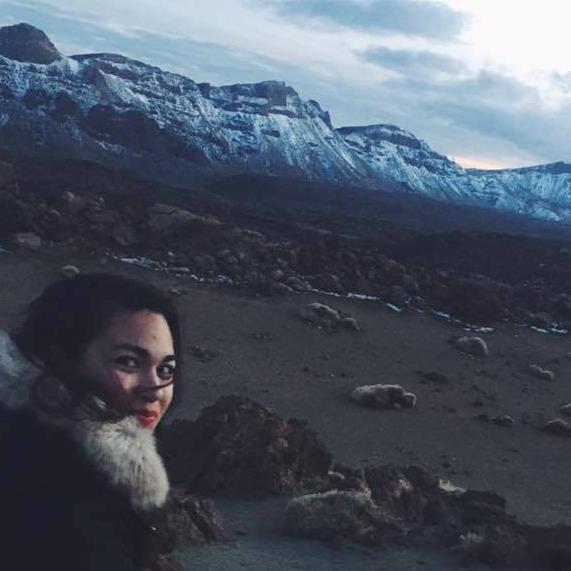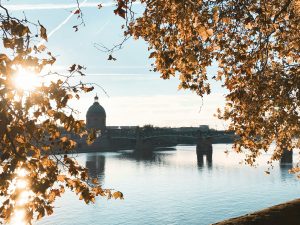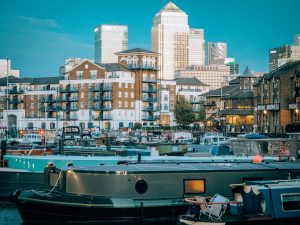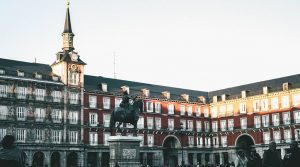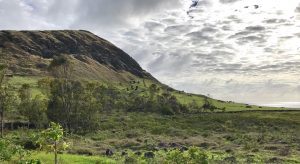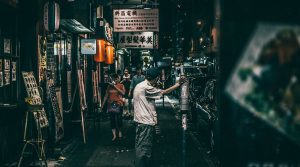Written From… The front seat of a Volkswagen Polo in Pilanesberg National Park, South Africa
“There!” It was practically a shout, but when you see your first African elephant in the wild, well, who can blame you for getting excited? There were actually three of them – one gigantic bull and two smaller females. They flapped their ears idly as they picked their way through the bush, pulling up whole trees with ease and crunching them in their mouths. And my mouth? It was also open wide.
I grew up in Oakland, California – a total city kid who can navigate any subway system with ease but who, to this day, still freaks out when I see a wild rabbit or deer. When I was around 8 years old, my mom signed me up for some sort of animal card collection. Every month, I would get a pack of different animal cards – a splashy picture on the front, and all of the genus, biological, and habitat stats on the back.
I had a special box in which to file all of the cards: yellow for mammals, blue for reptiles, green for birds, purple for the insects, which I had to flip over before filing because the images of spiders and larvae grossed me out too much. I loved learning about the animals, turning their proper Latin names over and over on my tongue. Ursus arctos. Panthera tigris. Cervus Canadensis.
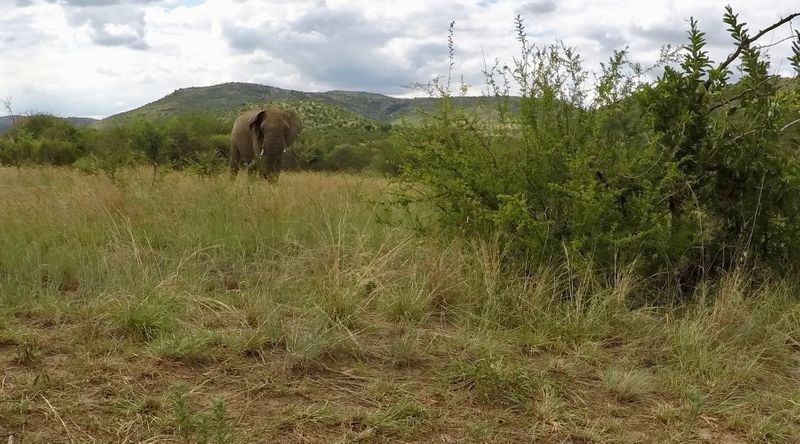
But the only time I saw these animals, minus the ones I could spot in the U.S. National Parks where we camped some summers, was at the zoo. I grew up with access to two city zoos: the Oakland Zoo and the San Francisco Zoo.
Trips to both left a huge impact on me – so much so that the first little story that I ever wrote was inspired by the lions in the San Francisco Zoo. When one of the tigers escaped in the early 2000’s and was subsequently shot, I cried for her loss like I would have a pet’s.
As I grew and moved around the world, I learned more about people, and more about animals. My freshman year of college, I made the mistake of saying how much I loved visiting the zoo as a child and was treated to a monologue about the cruelty and inhumanity of zookeeping from an animal-rights activist classmate.
I realized that the awe and wonder I’d experienced as a child at the zoo had eclipsed the actual living, breathing animal. The idea – the symbol – of the lion had become more powerful than the one in front of me.
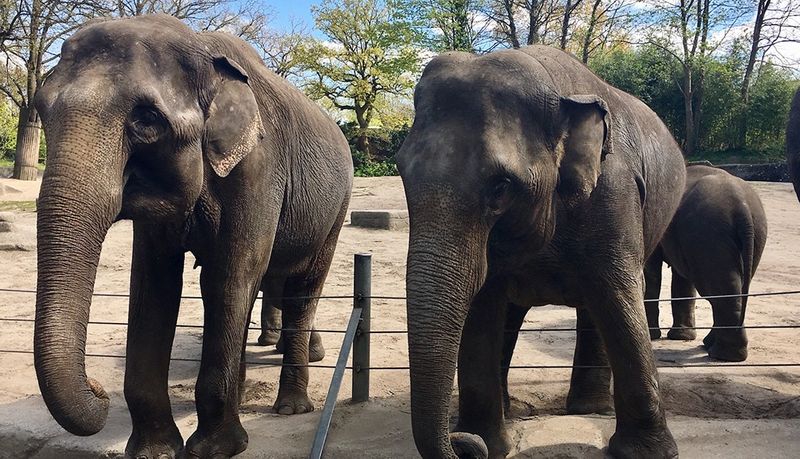
And as I read the news and saw more cities in different countries around the world, I saw for myself both the good and bad practices for keeping animals in captivity. My travels have taken me through a wide range of animal encounters, some by chance, and some by design. I’ve tried to expose myself to as many facets as possible, to see, experience, and draw my own conclusions – both about the animals and their environments.
I’ve visited animal refuges where wolves run free in their packs, strode the concrete paths of the National Zoo in D.C. in search of pandas, watched a zebra keep pace with our car on a dirt road in Namibia. I’ve talked to keepers and rangers to hear their perspectives.
From one side, I heard of the importance of making the experience of encounter as nice as possible for the human guests, who provide the funding necessary to take care of the animals. From the other, I heard how important it is to keep focus on the animals, even if that means sacrificing some human comfort.
And I learned the hard way that not every organization that looks clean at face value has good intentions – I was horrified to open the news one day and see that the Tiger Temple I’d visited near Bangkok was killing cubs for illegal sale. Afterwards, I made myself a promise that I would carefully vet places I would potentially give my tourism dollars to in the future – and advocate others to do the same.
As my partner and I traveled through South Africa and Namibia, we went on game drives, road trips, and guided safaris. We saw animals roaming free, animals in private reserves, and animals in sanctioned reserves. Sitting in our rental car in Pilanesberg National Park that afternoon, watching that trio of elephants munching in front of us, I came to a sad realization.
At zoos, I’ve always seen elephants in large, packed dirt areas, with hopefully at least 3+ other elephants for company. But in Pilanesberg, I saw the way they lolled through their lush, jungle-like atmosphere. The way they enjoyed trees and bushes and grass and rocks – the full richness of their environment.
It made me sad to think, then, about the elephants of my childhood, who had an annual treat of leftover pumpkins and Christmas trees to play with, but who otherwise spent the bulk of their time listlessly surrounded by drab brown walls and a gawking parade of well-intentioned guests.
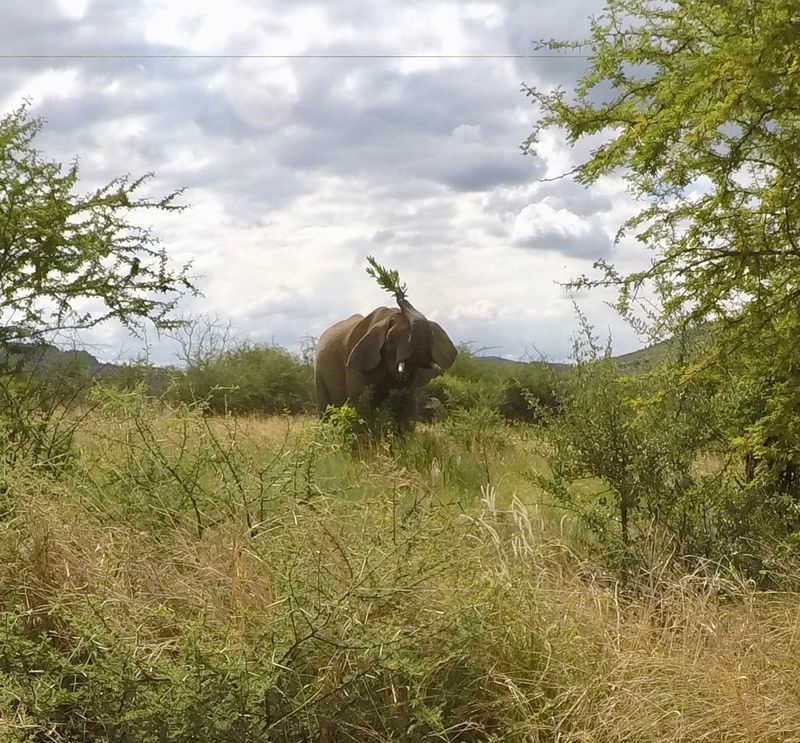
I understand the point of view of my college classmate – that animals don’t belong (and certainly struggle to thrive) in captivity. I’ve come to appreciate the work of sanctuaries and animal reserves, where the animals aren’t limited to a single enclosed space or to interacting with only one species.
But I also understand the intention of zoo facilities: to bring awareness and appreciation for these animals, to study them closely and better understand their needs, to breed them and rehabilitate them. And I know from my own personal experience that I care much more about animals in general because I saw their representatives in my zoo.
Building a rapport with one captive animal got me invested in the entire species – and made me much more inclined to pour attention and funding into conservation and environmental efforts. So what is the right way – the best way – for humans and animals to interact?
How can we make sure that even low-income residents with little resources for seeing animals in the wild still grow up with access to and appreciation for these animals? Can zoos be a way to responsibly promote animal viewing experiences?
I don’t claim to have the answers – I still have a lot to see and learn. But I will share you with the question that has refused to leave my mind since I saw those elephants in Pilanesberg. If one animal suffering a lower quality of life means one thousand people could become more invested in taking better care of our world, is the trade-off worth making?
